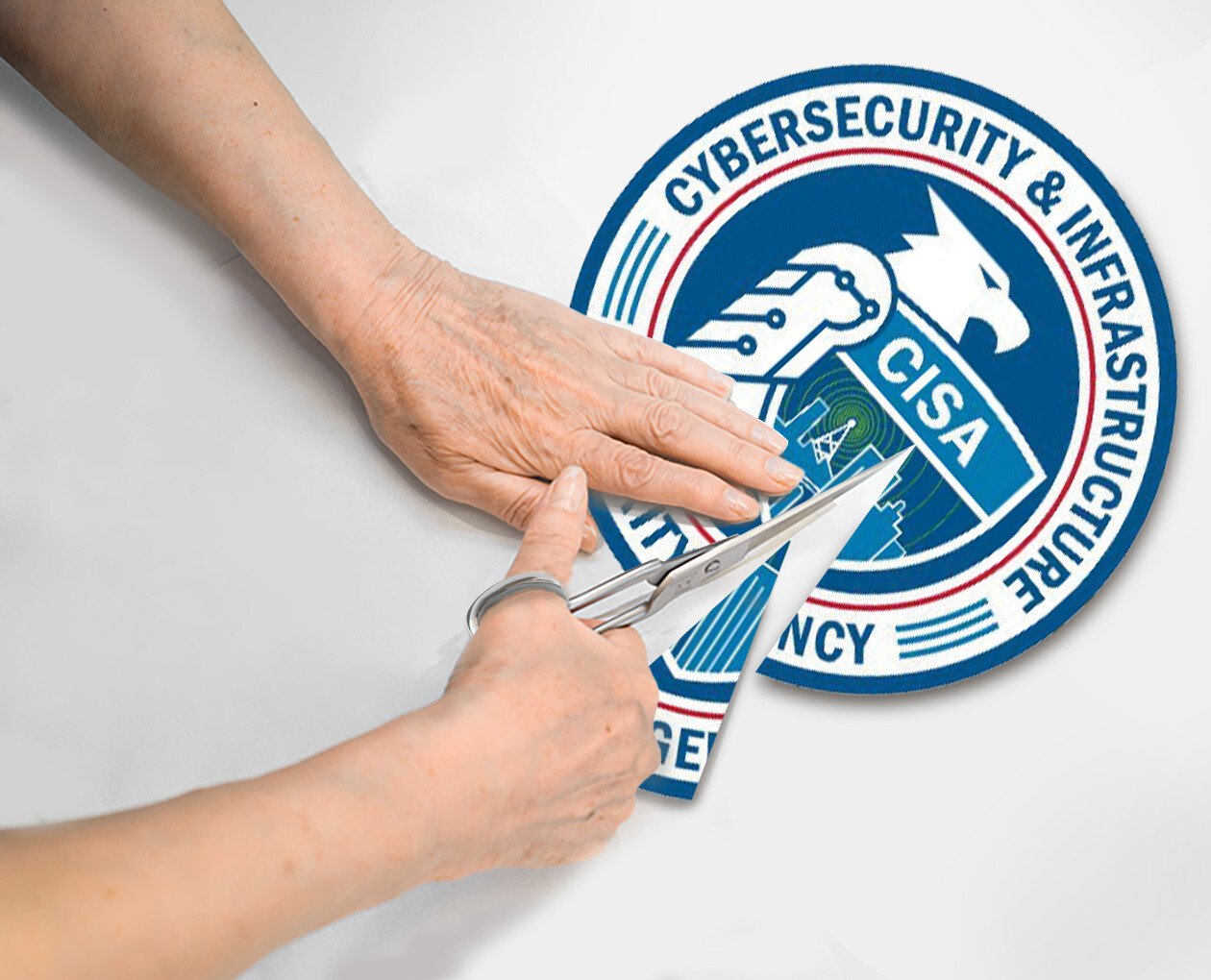The latest CrowdStrike outage highlighted the need for a disaster recovery plan that can help organizations resume critical IT operations in case of emergencies.
What is Disaster Recovery as a Service (DRaaS)? How does it work? What are the advantages and disadvantages of DRaaS solutions? Read this post to learn all the details about DR as a service.
What is DRaaS?
Disaster Recovery as a Service (DRaaS) is a specialized ready-made solution that allows managed service providers (MSPs) to offer data and IT infrastructure protection to client organizations. The backup functionalities of these data protection solutions allow providers to also offer DRaaS to their customers. Whenever a disaster occurs at the client's main site, the contracted provider can switch the production environment to a secondary site and seamlessly resume operations.
DRaaS solutions normally run on the MSP's hardware to quickly copy the data and minimize downtime after disruptions. The responsibilities of managed DRaaS providers may vary depending on the contract.
How does DRaaS work?
A contract between a client and an MSP is an optional cooperation model. Paying per service is an alternative that some organizations might prefer. Modern DRaaS providers can allow clients to flexibly adjust the amount of resources they require such as RAM, CPU, storage space, data security, and network bandwidth, among other things.
After both sides define the expected level of services and payments in an SLA, the vendor can start integrating a DRaaS solution into the client's IT environment. The same document can also outline the responsibility, workflows, sanctions, and compensation mechanisms in case the vendor cannot provide the desired services on time and with the expected efficiency.
The three core functions of DRaaS solutions are:
• Replication
• Failover
• Failback
Let's explain every process in more detail.
Replication
DRaaS solutions enable service providers to create replicas of client workloads and entire environments and send them to a secondary site. The site can be either physical or the replicas can be stored in the cloud if the vendor uses cloud-based disaster recovery services. The vendor also must ensure regular replica updates according to the client's recovery point objectives.
Failover
A failover is a preset action sequence that switches production workflows to a disaster recovery site maintained by the DRaaS vendor. The main purpose is to restore critical workloads and resume operations within the timeframes specified in the SLA.
Failback
A failback is a reverse failover that the DRaaS vendor performs when the client's main infrastructure is functioning normally. To prevent protection gaps and make the environment more resilient, DRaaS solutions should resume replication quickly once the failback is complete. This can protect against data loss in case the main site suffers another disruption.
The importance of DRaaS solutions
The CrowdStrike outage on July 19, which caused millions of Windows systems to fail, was a clear reminder for security experts. Microsoft reported that the source of that issue was the CrowdStrike software update which caused a devastating malfunction and led to supply chain disruptions. The main problem with such incidents is that neither Microsoft itself nor Windows users could somehow predict, prevent, or control the issue.
Ransomware attacks, hardware malfunctions, data center power outages, and natural disasters are also unpredictable and uncontrollable. Even with the most advanced data security, systems remain vulnerable and difficult to recover if you don't have the required resources and strategy. In addition, evolving compliance regulations and data protection laws can worsen the financial and reputational consequences of data loss.
Organizations should be prepared at all times for such scenarios. The CrowdStrike outage hit both enterprises and small businesses hard, causing sizable financial damage and service disruptions. The overall financial losses for the most sensitive industries are staggering. For example, estimated losses reached almost $2 billion for healthcare and $1.15 billion for banking businesses among Fortune 500 companies. Moreover, the outage impacted 100% of the transportation and airlines sector, leading to flight and delivery delays.
Smaller organizations usually lack the resources to invest in costly data protection systems. Disaster Recovery as a Service solutions can restore production and minimize downtime after IT incidents for both SMBs and enterprises. With a DRaaS solution provider integrated and adjusted to meet your recovery objectives, you can resume services and recover data without critical losses in assets, revenue, or reputation.
Additionally, when preparing for such potential disruptions, it's crucial to conduct thorough market research to understand the best solutions available. The best market research tools, such as Qualtrics or Statista, can provide valuable insights through reports, forecasts, and industry analyses. For example, these tools can help organizations assess trends in DRaaS solution providers, predict future market shifts, and identify emerging technologies. By analyzing such reports, businesses can make data-driven decisions, ensuring that their disaster recovery strategies are not only robust but also aligned with industry best practices and future developments.
DRaaS pros
Integrating a DR as a service solution can be beneficial for your organization due to:
- Offloaded IT department: Many organizations tend to postpone DR planning and integration due to the time and effort required for planning and proper maintenance of these workflows. Contracting a DRaaS vendor enables you to offload disaster recovery tasks and focus in-house specialists on their main duties.
- Cost-efficiency: Modern disaster recovery as a service costs are flexible as you can pay only for the capacity and performance that you need to fulfill recovery objectives. Additionally, with DR sites at the vendor's side, you don't need to invest in hardware, software and maintenance of secondary infrastructures.
- Recovery speed: A ready and up-to-date DR environment can cut downtimes and allow you to meet recovery objectives. Switching to replicas and restoring production can take minutes, thus helping you lose little to no data and revenue.
- Data availability: Today, vendors usually use cloud-based disaster recovery capabilities, enabling you to access data and workloads with any device and from anywhere with a network connection. Data availability ensures reliable production continuity and enables you to provide the necessary records to the authorities.
- Improved cybersecurity: DRaaS providers must improve their systems to ensure data security against the latest threats. The most reliable solutions provide backup for MSPs and DRaaS offer features like multi-factor authentication and role-based access control. They can also make backups immutable to protect data and workloads from encryption by ransomware and enable recovery even if the breach reaches the secondary site.
- Expert assistance: Specialists running DRaaS systems can have more topical knowledge and experience than your in-house team. This can allow them to solve complex problems and react to challenging situations faster and more effectively.
DRaaS cons
DRaaS solutions have very few disadvantages. Still, understanding the cons can help you prepare for any possible issue.
- Third-party dependencies: Although having a spare infrastructure on the DRaaS provider's side is better than not having it at all, you should keep in mind that the provider is a different entity. MSPs are partners that you should trust but you are still relying on a third party that is beyond your influence. You can risk your assets, revenue, and reputation in case the DRaaS provider faces a disruption when it is time to recover your data.
- Supply chain risks: Using disaster recovery as a service solution means relying on other suppliers in the chain, from the cloud storage vendor to your local network provider. A disruption at any stage can delay or prevent timely recovery.
- Latency issues: The provider's data center location can define the quality of DRaaS services by directly influencing recovery times. If your infrastructure is geographically distant from the vendor's site, you may suffer from increased latencies leading to reduced performance of disaster recovery workflows.
- Security concerns: The main security consideration here is that you are delegating all data protection responsibilities to a single disaster recovery as a service provider that might not be aware of the latest cyber threats.
Conclusion
Disaster Recovery capabilities are crucial for organizations of any size and in any industry. Integrating Disaster Recovery as a Service is a necessity for SMBs and enterprises that want to minimize system downtime and ensure data availability. By offloading data protection responsibilities to an MSP, you won't need to invest resources to build and maintain a secondary infrastructure since the qualified IT team of the DRaaS vendor can quickly restore your services if a disaster affects the main site.





